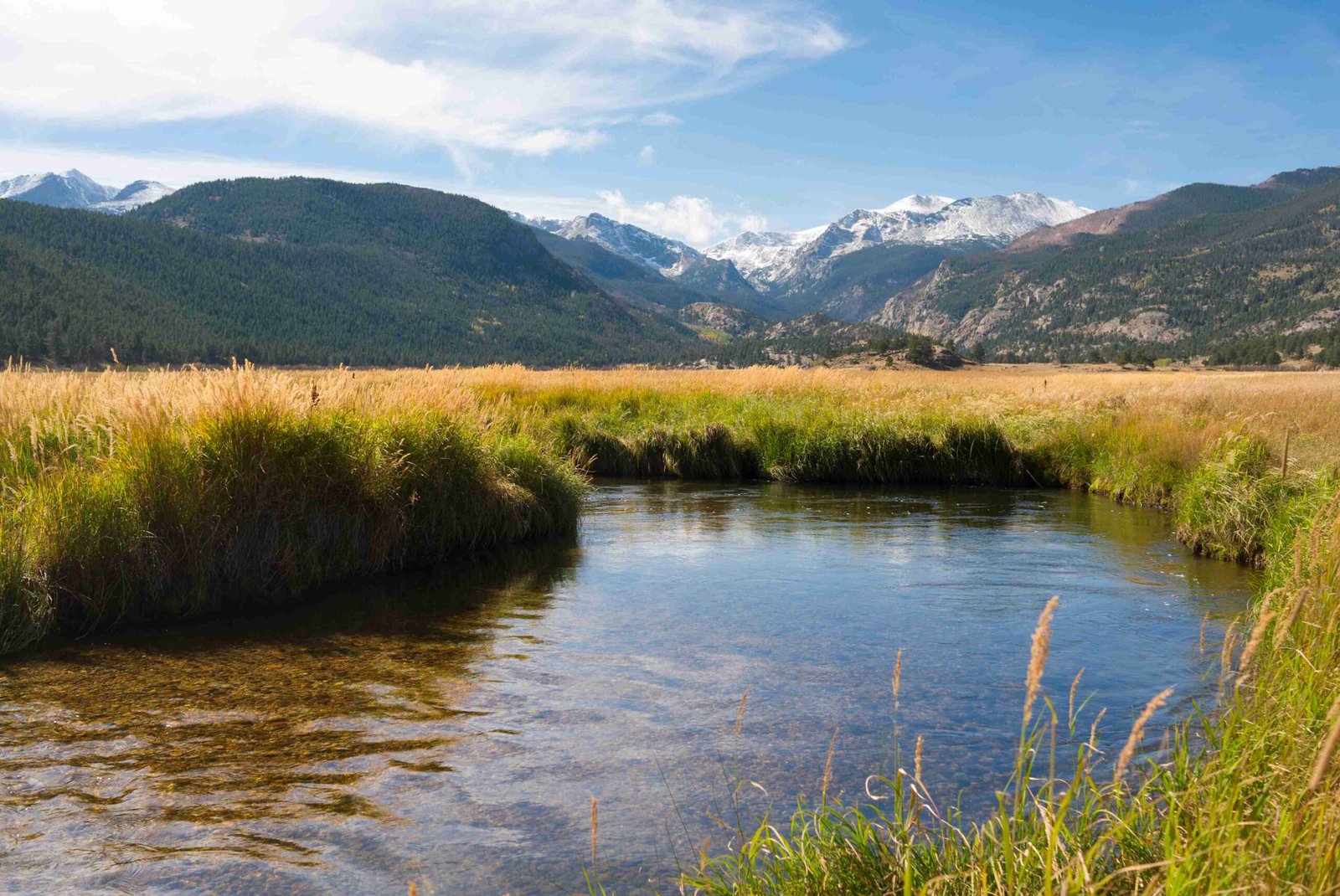Rocky Mountain National Park boasts a diverse array of plant life across various elevation zones. From the montane forests to the alpine tundra, the park is home to over 1,000 plant species. These include towering conifers, colorful wildflowers, and hardy alpine plants adapted to extreme conditions. The park’s unique ecosystems support a rich tapestry of flora that changes with altitude and season.
What Are the Main Vegetation Zones in Rocky Mountain National Park?

Rocky Mountain National Park is divided into three primary vegetation zones, each hosting distinct plant communities:
- Montane Zone (5,600-9,500 feet)
- Subalpine Zone (9,500-11,400 feet)
- Alpine Zone (above 11,400 feet)
Let’s explore the characteristic plants in each zone.
What Plants Thrive in the Montane Zone?

The Montane Zone, at lower elevations, is characterized by a mix of forests and meadows. Here are some common plants you’ll find:
- Colorado Blue Spruce
- Ponderosa Pine
- Douglas Fir
- Aspen
- Wild Geranium
- Shooting Star
- Penstemon
Colorado Blue Spruce: The Iconic Conifer
| Characteristic | Description |
|---|---|
| Scientific Name | Picea pungens |
| Height | Up to 100 feet |
| Needle Color | Silver-blue to deep green |
| Habitat | Near water sources |
Colorado Blue Spruce is one of the most recognizable trees in the park, known for its distinctive blue-tinged needles and conical shape.
What Plants Dominate the Subalpine Zone?
As you ascend to higher elevations, the Subalpine Zone presents a different set of plant species adapted to cooler temperatures and shorter growing seasons:
- Subalpine Fir
- Engelmann Spruce
- Limber Pine
- Pipsissewa
- Star-flowered Pyrola
- Fringed Parnassia
- Parry’s Primrose
Parry’s Primrose: A Subalpine Beauty
Parry’s Primrose (Primula parryi) is a striking plant found in wet areas of the Subalpine Zone. Its deep pink flowers grow in clusters, often seen along popular trails like the East Inlet Trail to Lone Pine Lake.
What Hardy Plants Survive in the Alpine Zone?
Above the tree line, in the harsh conditions of the Alpine Zone, only the toughest plants can survive. Here are some of the resilient species you’ll encounter:
- Moss Campion
- Purple Saxifrage
- Glacier Lily
- Alpine Forget-Me-Not
- Silky Phacelia
These plants have adapted to extreme conditions, including high winds, intense UV radiation, and a short growing season.
When Is the Best Time to Observe Plants in Rocky Mountain National Park?
The optimal time for plant observation varies by elevation:
- Spring (May-June): Lower elevations bloom first
- Early Summer (June-July): Subalpine zone comes to life
- Mid-Summer (July-August): Peak blooming in alpine areas
- Late Summer (August-September): Last blooms in higher elevations
How Can Visitors Best Experience the Park’s Flora?
To fully appreciate the plant diversity in Rocky Mountain National Park, consider these options:
- Self-Guided Trails
- Bear Lake Nature Trail
- East Inlet Trail
-
Timber Lake Trail
-
Ranger-Led Programs
- Nature walks
- Wildflower identification hikes
-
Botany talks
-
Seasonal Events
- Wildflower festivals
- Photography workshops
Remember to practice Leave No Trace principles and avoid picking or disturbing plants to preserve the park’s natural beauty for future generations.
What Rare or Unique Plants Might Visitors Encounter?
Rocky Mountain National Park is home to several rare and endemic plant species:
- Rocky Mountain Columbine (Colorado’s state flower)
- Alpine Sunflower
- Pygmy Bitterroot
- Weber’s Saw-wort
These plants have adapted to specific niches within the park’s ecosystems and are of particular interest to botanists and nature enthusiasts.
By exploring the various zones and participating in educational programs, visitors can gain a deep appreciation for the rich plant life that makes Rocky Mountain National Park a botanical treasure.
References:
1. https://npshistory.com/handbooks/natural/plants/romo/plants-1933.pdf
2. https://www.frommers.com/destinations/rocky_mountain_national_park/a-nature-guide/the-flora
3. https://www.nps.gov/romo/learn/nature/plants.htm

